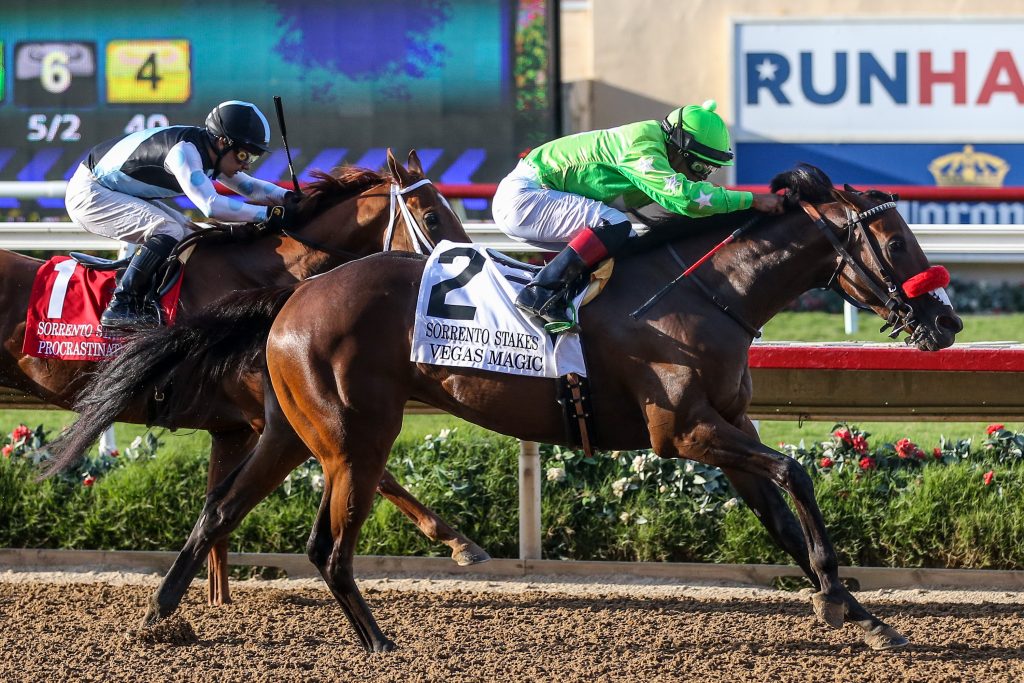
Are you a fan of horse racing? If your answer is positive, you probably already know a lot about this sport. However, there are a few facts about this sport that you still might not know.
There are many reasons why people might want to get familiar with the facts about horse racing. For some individuals, it might be understanding the betting lines and information about major racing events, such as the 2022 Breeders Cup Mile. For others, it might be an opportunity to learn about the sport for historical purposes or to brag about their deep knowledge with other fans.
Whatever your reason is, it’s worth it, and some of the facts provided below will truly blow your mind. This article examines ten comprehensive facts about horse racing that you probably haven’t heard. So, get ready to be fascinated with the fantastic stories and behind-the-scenes of this beautiful sport.
Horse Racing is a Great Business in the United States
Other countries love and indulge in horse racing, but the sport is even more significant in the United States of America. People here love the sport, and every game venue gets crowded to an overflow.
Every game has ticket allocations, and they are always on sale at various locations. These tickets are mostly not easy to find, and when you eventually find them, one can cost over $100.
The Kentucky Derby is one of the fantastic races to look forward to, and it has run about 147 times since its inception. It’s one of the most significant races, and many people pay enormous amounts for tickets to see the race.
The Birthdays of all Thoroughbred Racehorses are the Same
You might wonder if it’s possible that all thoroughbred horses for races are born on the same date. Well, there is a reason for this. The 1st day of January is the birthday of every thoroughbred horse, regardless of when they were born.
This declaration means every one of them has the same birthday. This act is designed to make every horse’s age calculation easy; with this information, the authorities can also ascertain if a stallion is too old to race.
Many Thoroughbreds Start Racing When they are Two Years Old
You may think racehorses can start their careers at any age, just like regular athletes, but that’s not true. These thoroughbreds can only start their racing careers when they are two years old. It’s because, at this age, they are not too young and weak to withstand a fierce race.
Another reason is that the thoroughbreds, at this age, won’t be too old before they get accustomed to races. Also, they will have a few years’ add-ons before they get too old to run.
Horse Racing is Popularly Referred to as the Sport of Kings
Many people can only assume that the horse racing sport does not deserve the title “The Sport of Kings .” They may not be wrong, as a few other sports are more prominent than racing. However, this title was given to the game because of the interest kings had in it.
In 1605, King James I of Britain got so entangled with the sport that he almost lost track of his duties as a king. He went as far as opening a resort and hosted the sport there regularly.
Every Thoroughbred Name Must Get Approved by the Jockey Club
If horse owners have their way, they would think of any name and impose it on their beasts of speed. Unfortunately, it doesn’t work with thoroughbreds, as the Jockey Club must first approve the name.
The queue of protocols many breeders have to go through to get their horse names approved could amaze you. Usually, these bred owners submit over five different arrangements, and the system rejects all.
Some basic rules involved in naming are such that you cannot name your horse after stake races or race tracks. Also, the name must not exceed 18 characters, including spaces and special characters.
Racehorses are Expensive
In case you are not aware, racehorses are quite expensive. The prices of these stallions are higher than the regular horses, and this hike is due to their invaluable uses in tracks. They have more strength and resilience than conventional mounts in local zoos or farms.
The United States of America Had its First Horse Racing Track in 1665
Horse racing in America is probably older than the country, and the first racetrack existed before every current living American. The first racetrack in the US opened in 1665 on Long Island when horse racing was not a profession yet – played amongst Kings and men of war.
Horse Racing is the Second Favorite Sport in Britain
Horse racing is so loved in Britain that it’s the next favorite sport in the nation after football. The country has thousands of people watching every big racing event at different venues.
Apart from the people watching the events live, millions of others watch on TV or on phones. Only a handful of people miss a big game in Britain, and in most cases, due to urgent exclusions.
Becoming a Jockey Requires a Lot
It takes more than you think to become a Jockey in horse racing. The protocol is extended and must not be compromised. The first criterion is that you are at least 18 years or more to get qualified for the license.
Next, you must have horse experience and basic racing knowledge. Your weight should be about 108 to 118 pounds as it’s an integral part of the job. Also, you have to fulfill the height and a few other requirements before getting the job.
43.97 MPH is the Highest Speed a Racehorse Has Attained
According to the records, 43.97 MPH is the highest speed a racehorse has achieved. This record was attained on May 14, 2008, in Grantville, Pennsylvania.
The Penn National Race Course was the venue, and Winning Brew was the beautiful stallion that secured this achievement. Since then, this record hasn’t been broken by any other racer, and it might stay this way for a long time.
Conclusion
Horse racing is an ancient and widespread sport and is one of the first sports to embrace betting. It’s greatly tied to the United Kingdom (known as its spiritual home) but has become big business in the United States of America and other parts of the world.
There are many facts, stats, and stories that fans would want to learn about this game. This article has covered ten of them above.
Photo: Ernie Belmonte, Past The Wire



